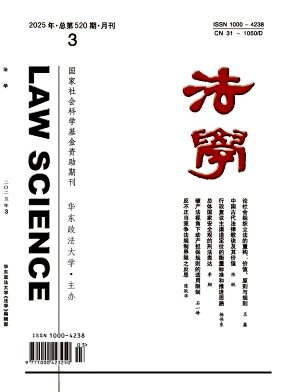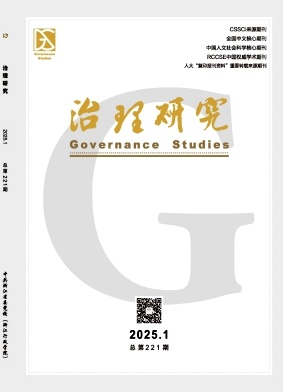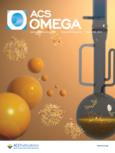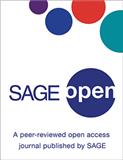《國際期刊預(yù)警名單》專訪,深入報道預(yù)警期刊最新變化!
時間: 分類:新聞中心 次數(shù):
每次預(yù)警期刊的公布都牽動著很多學(xué)者的心緒,《Nature》專訪預(yù)警期刊負(fù)責(zé)人楊立英研究員,向全球科學(xué)家報道預(yù)警期刊的最新變化。《China has a list of suspect journals and it’s just been updated》探討了這份全球影響力頗為深遠(yuǎn)的預(yù)警期刊名單緣何而生、如何研制,并進(jìn)一步聚焦于名單在今年的新變化——明確標(biāo)記了具有“引用操縱”等不當(dāng)行為的期刊和與“國際傳播作用”背道而馳的期刊。
下面是節(jié)選的部分重點內(nèi)容,各位作者可作為參考:
【名單背后的機(jī)制】
以來自中國研究人員與科研管理者的反饋為工作基準(zhǔn),結(jié)合國際針對學(xué)術(shù)不端問題的研究錨定問題焦點。在識別異常期刊,確定初步名單后,我們與相關(guān)出版社就期刊被列入的原因進(jìn)行反復(fù)溝通,得到調(diào)查反饋和合理闡釋的期刊,將被從上述異常名單中移除。我們始終歡迎來自各界的合理建議和意見,以優(yōu)化工作。
We start by collecting feedback from Chinese researchers and administrators, and we follow global discussions on new forms of misconduct to determine the problems to focus on. In January, we analyse raw data from the science-citation database Web of Science, provided by the publishing-analytics firm Clarivate, based in London, and prepare a preliminary list of journals. We share this with relevant publishers, and explain why their journals could end up on the list.
Sometimes publishers give us feedback and make a case against including their journal. If their response is reasonable, we will remove it. We appreciate suggestions to improve our work. We never see the journal list as a perfect one. This year, discussions with publishers cut the list from around 50 journals down to 24.
【預(yù)警標(biāo)記透明化,預(yù)警類別動態(tài)更新,提供負(fù)責(zé)任的科學(xué)參考】
由于注意到科研人員和科研管理人員常規(guī)性地回避被預(yù)警期刊的風(fēng)險類別和具體問題,因此今年選擇不再設(shè)置風(fēng)險分類,而是標(biāo)注期刊被預(yù)警的具體原因,做到預(yù)警標(biāo)準(zhǔn)透明化。保持與各方交流,動態(tài)更新研制機(jī)制,比如開放獲取模式的興起部分證明期刊發(fā)文量快速增長的合理性,名單不應(yīng)干預(yù)由市場決定的自然過程,因此取消了發(fā)文量陡增這一標(biāo)準(zhǔn)。
In previous years, journals were categorized as being high, medium or low risk. This year, we didn’t report risk levels because we removed the low risk category, and we also realized that Chinese researchers ignore the risk categories and simply avoid journals on the list altogether. Instead, we provided an explanation of why the journal is on the list.
In previous years, we included journals with publication numbers that increased very rapidly. For example, if a journal published 1,000 articles one year and then 5,000 the next year, our initial logic was that it would be hard for these journals to maintain their quality-control procedures. We have removed this criterion this year. The shift towards open access has meant that it is possible for journals to receive a large number of manuscripts, and therefore rapidly increase their article numbers. We don’t want to disturb this natural process decided by the market.
【瞄準(zhǔn)問題——標(biāo)記出引用模式異常的期刊】
科研界對期刊和作者間引用異常問題熱議不斷。基于科睿唯安數(shù)據(jù)庫的文獻(xiàn)數(shù)據(jù),我們識別、追蹤并揭露了部分期刊存在的“引用操縱”行為。出版商對我們的工作反響積極,部分已經(jīng)開展對不端行為的自查。我們將持續(xù)關(guān)注并嘗試調(diào)查新形式的“引用操縱”問題。
We noticed that there has been a lot of discussion on the subject among researchers around the world. It’s hard for us to say whether the problem comes from the journals or from the authors themselves. Sometimes groups of authors agree to this citation manipulation mutually, or they use paper mills, which produce fake research papers. We identify these journals by looking for trends in citation data provided by Clarivate — for example, journals in which manuscript references are highly skewed to one journal issue or articles authored by a few researchers. Next year, we plan to investigate new forms of citation manipulation.
Our work seems to have an impact on publishers. Many publishers have thanked us for alerting them to the issues in their journals, and some have initiated their own investigations. One example from this year, is the open-access publisher MDPI, based in Basel, Switzerland, whom we informed that four of its journals would be included in our list because of citation manipulation. Perhaps it is unrelated, but on 13 February, MDPI sent out a notice that it was looking into potential reviewer misconduct involving unethical citation practices in 23 of its journals.
【瞄準(zhǔn)問題——為何擔(dān)憂存在“畸形”中國論文比例的期刊】
來自任何一個國家的作者比例從來不是預(yù)警一本期刊的獨(dú)立標(biāo)準(zhǔn)。若一本期刊的稿件幾乎全部來自于中國,期刊學(xué)術(shù)影響力極低,并需要支付不合理的高昂APC(論文處理費(fèi)),這與國際期刊本應(yīng)發(fā)揮的國際傳播作用是背道而馳的,此類發(fā)表可能是對有限科研經(jīng)費(fèi)的浪費(fèi),立足于朝向科研強(qiáng)國發(fā)展的中國科研界來看,這是一個需要擔(dān)憂的問題。
This is not a criterion we use on its own. These journals publish — sometimes almost exclusively — articles by Chinese researchers, charge unreasonably high article processing fees and have a low citation impact. From a Chinese perspective, this is a concern because we are a developing country and want to make good use of our research funding to publish our work in truly international journals to contribute to global science. If scientists publish in journals where almost all the manuscripts come from Chinese researchers, our administrators will suggest that instead the work should be submitted to a local journal. That way, Chinese researchers can read it and learn from it quickly and don’t need to pay so much to publish it. This is a challenge that the Chinese research community has been confronting in recent years.
【善用數(shù)據(jù)與工具】
團(tuán)隊持續(xù)關(guān)注并收集各類學(xué)術(shù)誠信平臺的信息,未來或?qū)⒂脠D像和文本檢測工具。團(tuán)隊構(gòu)建了“Amend”學(xué)術(shù)論文預(yù)警數(shù)據(jù)庫,對有疑問的文獻(xiàn)進(jìn)行標(biāo)記和追蹤,方便科研人員、科研管理者、期刊等查詢。
My team collects information posted on social media as well as websites such as PubPeer, where users discuss published articles, and the research-integrity blog For Better Science. We currently don’t do the image or text checks ourselves, but we might start to do so later.
My team has also created an online database of questionable articles called Amend, which researchers can access. We collect information on article retractions, notices of concern, corrections and articles that have been flagged on social media.
版權(quán)聲明:文章來源于網(wǎng)絡(luò),由本平臺整合撰寫,版權(quán)歸原作者或平臺所有,分享只為學(xué)術(shù)交流,如有侵權(quán)請聯(lián)系刪除或整改,謝謝。
熱門文章閱讀排行榜
- 中醫(yī)兒科雜志是核心期刊嗎
2025-07-25瀏覽量:832
- 兒科的核心期刊有哪些
2025-07-25瀏覽量:1052
- 康復(fù)理療師發(fā)表論文的期刊
2025-07-25瀏覽量:265
- 醫(yī)藥衛(wèi)生論文怎么發(fā)表科技核心
2025-07-25瀏覽量:335
- 三級醫(yī)院醫(yī)生發(fā)表論文期刊
2025-07-25瀏覽量:376
- 石油化工期刊錄用周期長嗎
2025-07-25瀏覽量:948
- 光纖通信論文文獻(xiàn)
2025-07-24瀏覽量:405
- 鋰電方面論文投發(fā)表期刊
2025-07-24瀏覽量:609
- 電子信息類通信工程論文怎么找期刊發(fā)表
2025-07-24瀏覽量:520
- 通信類哪些期刊審稿比較快
2025-07-24瀏覽量:2118
中文核心期刊推薦
-
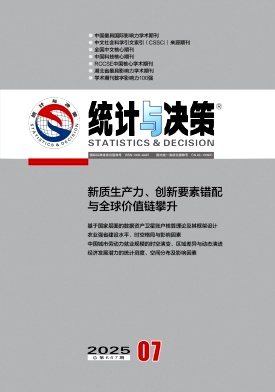
-
統(tǒng)計與決策
級別:北大核心,CSSCI,AMI擴(kuò)展
ISSN:1002-6487
刊期:進(jìn)入查看
格式:咨詢顧問
-
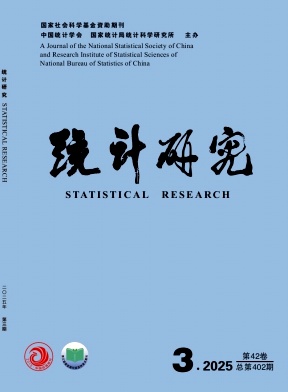
-
統(tǒng)計研究
級別:北大核心,JST,CSSCI,WJCI,AMI權(quán)威
ISSN:1002-4565
刊期:進(jìn)入查看
格式:咨詢顧問
-
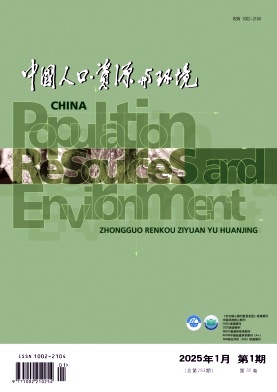
-
中國人口·資源與環(huán)境
級別:北大核心,JST,CSCD,CSSCI,WJCI
ISSN:1002-2104
刊期:進(jìn)入查看
格式:咨詢顧問
-

-
中國法學(xué)雜志
級別:北大核心,CSSCI,AMI權(quán)威,社科基金資助期刊,
ISSN:1003-1707
刊期:進(jìn)入查看
格式:咨詢顧問
-
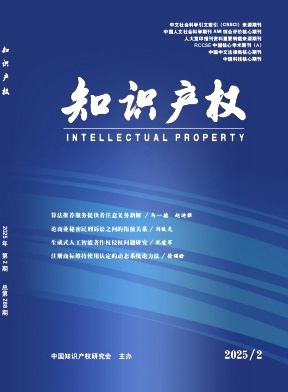
-
知識產(chǎn)權(quán)
級別:北大核心,CSSCI擴(kuò)展版,AMI核心
ISSN:1003-0476
刊期:進(jìn)入查看
格式:咨詢顧問
-
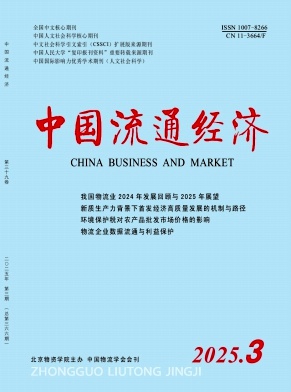
-
中國流通經(jīng)濟(jì)
級別:北大核心,CSSCI擴(kuò)展版,AMI核心
ISSN:1007-8266
刊期:進(jìn)入查看
格式:咨詢顧問
-
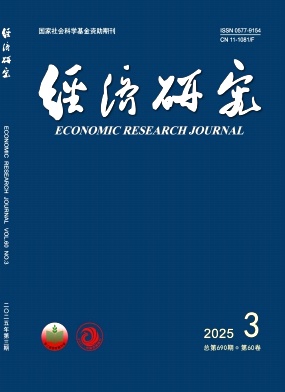
-
經(jīng)濟(jì)研究雜志
級別:北大核心,CSSCI,AMI頂級,社科基金資助期刊,
ISSN:0577-9154
刊期:進(jìn)入查看
格式:咨詢顧問
-
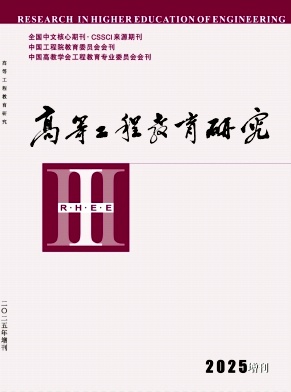
-
高等工程教育研究雜志
級別:北大核心,CSSCI,AMI核心
ISSN:1001-4233
刊期:進(jìn)入查看
格式:咨詢顧問
-

-
南京農(nóng)業(yè)大學(xué)學(xué)報·社會科學(xué)版雜志
級別:北大核心,CSSCI,AMI核心,社科基金資助期刊,
ISSN:1671-7465
刊期:進(jìn)入查看
格式:咨詢顧問
-
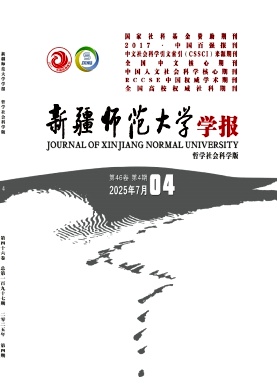
-
新疆師范大學(xué)學(xué)報·哲學(xué)社會科學(xué)版雜志
級別:北大核心,CSSCI,AMI核心,社科基金資助期刊,
ISSN:1005-9245
刊期:進(jìn)入查看
格式:咨詢顧問
SCI核心期刊推薦
-
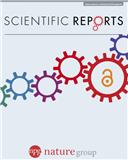
-
Scientific Reports
數(shù)據(jù)庫:SCI
ISSN:2045-2322
刊期:進(jìn)入查看
格式:咨詢顧問
-
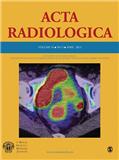
-
ACTA RADIOLOGICA
數(shù)據(jù)庫:SCI
ISSN:0284-1851
刊期:進(jìn)入查看
格式:咨詢顧問
-
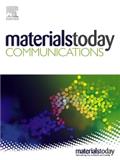
-
Materials Today Communications
數(shù)據(jù)庫:SCI
ISSN:2352-4928
刊期:進(jìn)入查看
格式:咨詢顧問
-
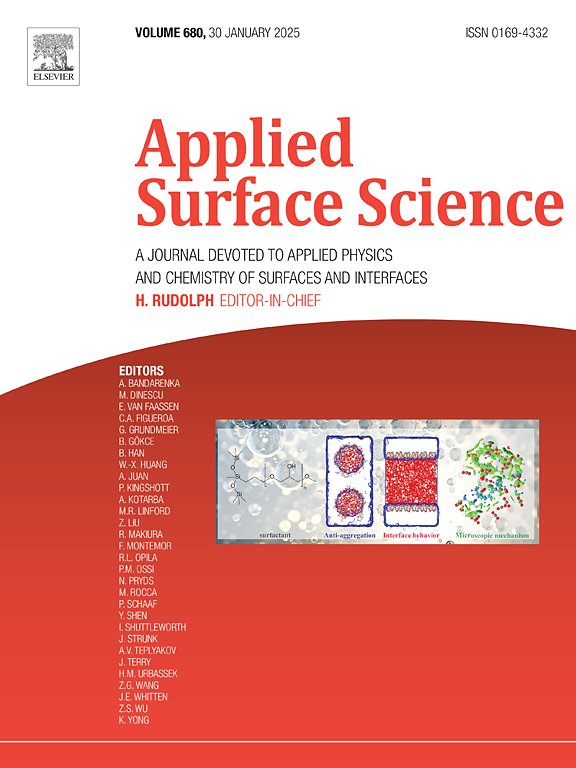
-
APPLIED SURFACE SCIENCE
數(shù)據(jù)庫:SCI
ISSN:0169-4332
刊期:進(jìn)入查看
格式:咨詢顧問
-

-
PLANT JOURNAL
數(shù)據(jù)庫:SCI
ISSN:0960-7412
刊期:進(jìn)入查看
格式:咨詢顧問
-
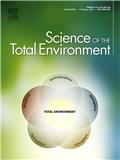
-
SCIENCE OF THE TOTAL ENVIRONMENT
數(shù)據(jù)庫:SCI
ISSN:0048-9697
刊期:進(jìn)入查看
格式:咨詢顧問
-
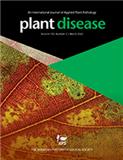
-
PLANT DISEASE
數(shù)據(jù)庫:SCI
ISSN:0191-2917
刊期:進(jìn)入查看
格式:咨詢顧問
-
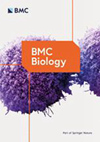
-
BMC BIOLOGY
數(shù)據(jù)庫:SCI
ISSN:1741-7007
刊期:進(jìn)入查看
格式:咨詢顧問
-
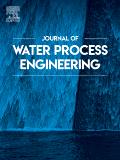
-
JOURNAL OF WATER PROCESS ENGINEERING
數(shù)據(jù)庫:SCI
ISSN:2214-7144
刊期:進(jìn)入查看
格式:咨詢顧問
-
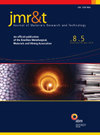
-
Journal of Materials Research and Technology-JMR&T
數(shù)據(jù)庫:SCI
ISSN:2238-7854
刊期:進(jìn)入查看
格式:咨詢顧問
